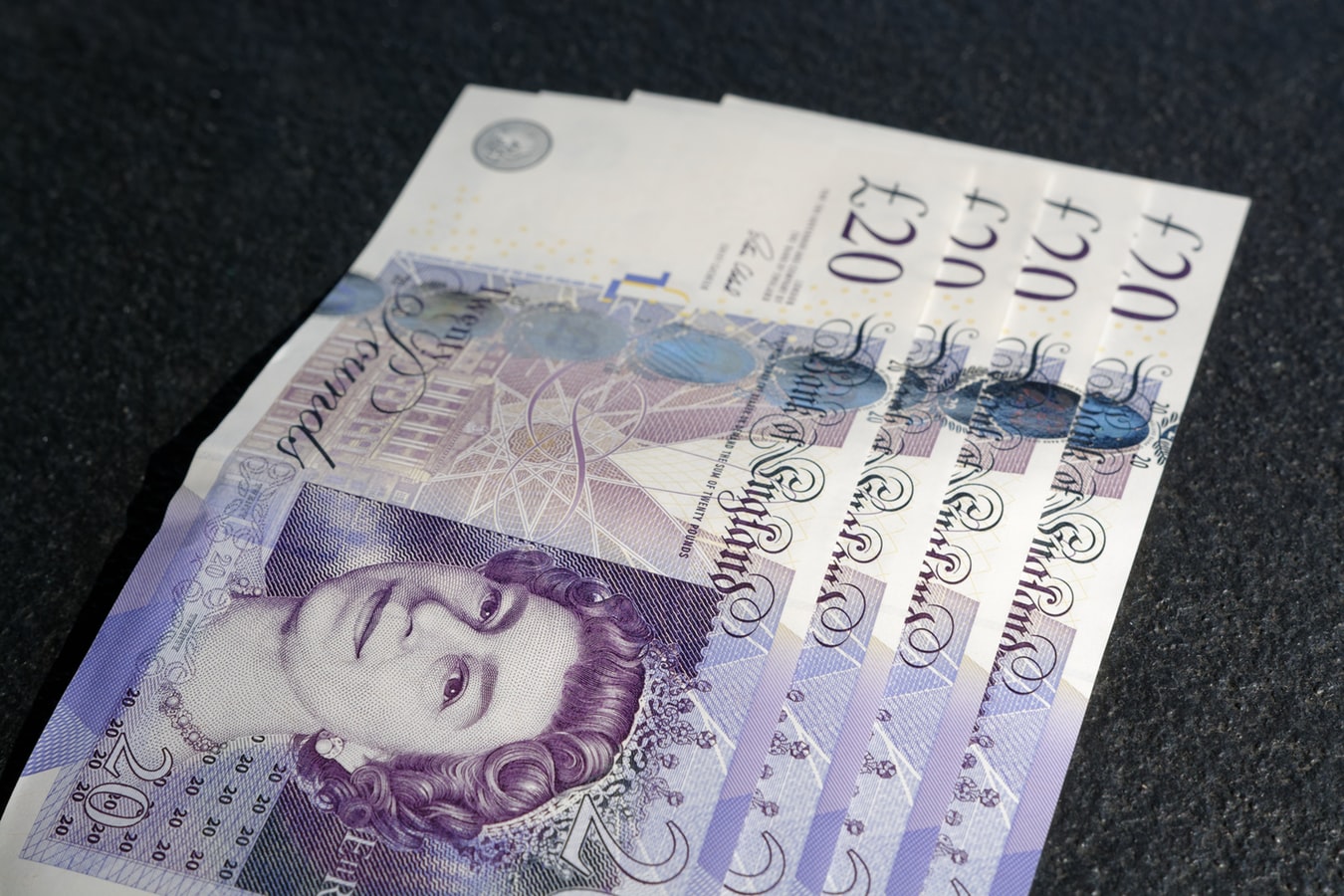Whenever we take out a credit agreement of any kind, there is always a little tagline in the terms and conditions that states a certain percentage of APR that will be attached. It’s an important aspect of borrowing that should be taken into consideration with any credit agreement you may want to take out.
Despite the importance of being mindful of APR, many don’t fully understand how APR affects the loans we apply for.
What's Included?
What actually is APR?
APR stands for “Annual Percentage Rate” – it is the overall cost of borrowing money over a year when taking out loans or credit cards. This includes any interest and other charges. APR itself is not the interest rate alone but encompasses any extra money you will have to pay back when borrowing money.
How is it calculated?
Lenders always take your personal financial situation into account when considering how much interest you should be charged – this means they look at your credit report. If lenders see someone with a well-maintained credit file with no late payments on previous loan agreements, then they will charge a lower interest rate. The opposite is true for people with bad credit; late payments, defaults and any negative marks on your credit report will result in higher interest rates as a form of insurance for the lender as to them, you are a high-risk candidate to lend to.
So if APR is calculated based on the individual, why is there one quoted before I apply?
This is what’s known as a “Representative APR”. Lenders try to find a fair way of quoting an interest rate for people who are considering a loan application, which manifests in the form of stating the lowest percentage rate they charge 51% percent of applicants. To put it simply, if a quote states you’ll be charged 5.9% APR, this means 51% of people who apply for that loan will get that rate – 49% are actually charged a higher rate depending on the health of their credit.
What’s the difference between APR and AER?
APR and AER work in the same way, the only difference is what they are being applied to. APR is relative to borrowing money as discussed earlier, but AER (Annual Equivalent Rate) applies to the rate of interest you receive on your savings over a year.
How can I lower the rate of APR I am charged on a credit agreement?
The most effective way to reduce the percentage of APR you are charged is to improve your credit. This can be a lengthy process, but proving to a lender that you are trustworthy and a safe person to lend to is paramount when making a credit application. If you’re not sure how to do this, you’re in the right place! Credibble is a tool that helps you rebuild your credit and become more creditworthy in the eyes of lenders – worth taking a look to see how you shape up before making any applications!
Credibble offers two fabulous solutions
If you’re preparing to take a mortgage, never apply until you’ve tried our unique and FREE Credibble Home app. Our smart technology will tell you what you need to fix so you avoid rejection. The app predicts when you will be able to buy, for how much and tracks your month-by-month progress to mortgage success. We’ve even added your own mortgage broker, so you get the best deals available.
More focused on your credit rating? Well, get started for free with Credibble’s 24- Factor Credit Check to truly help you improve your creditworthiness and how lenders view you. (Remember: lenders don’t use your credit score! We’ll show you what lenders look for and how to get your credit report in the best shape possible).
Last updated by Robert Edwards, June 2022






